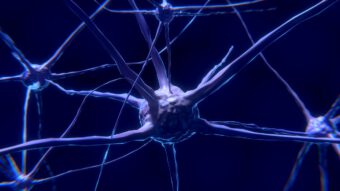The creation of associative links between the color and light signs of the world of appearance and the meanings denoted by them is only the first step in the process of developing spatial-visual competence. If we were to leave it at that, as many theories of visual perception suggest, we would only be able to think and act in the space of word language. For both verbal and descriptive thinking and acting, we need a syntax whose rules enable us to make meaningful connections between the individual meaningful signs. Through the ability to create meaningful contexts for action, we can communicate with the environment in a vivid way, form ideas and shape our living space accordingly.
The information potential of an environmental situation only provides us with a negligible proportion of the knowledge required for interpretation. As soon as we see more than a structured “carpet” of color and brightness differences, we move virtually in our own imaginary space. Without our visual knowledge, we perceive a phenomenal space. The experience and behavior of people born blind after surgery shows how this space of appearance is gradually structured in our imagination. We are seeing more and more signs that refer to content and indicate action contexts.
The development of vision is based on our visual knowledge structure, which adapts to the requirements of the communication process with the environment throughout our lives. The vivid imagination, which allows us to transfer knowledge to comparable situations, plays a key role here. The spatiotemporal, gestural, typological, topological and perspectival structuring of our visual knowledge allows us to orient ourselves in the process of perception and imagination. The statements of people who were born blind or have undergone surgery clearly show that spatial-visual competence interacts with the formation of a vivid language and description system. This opens up an unlimited space for us to think and act, which we can use to understand and shape our living environment.


